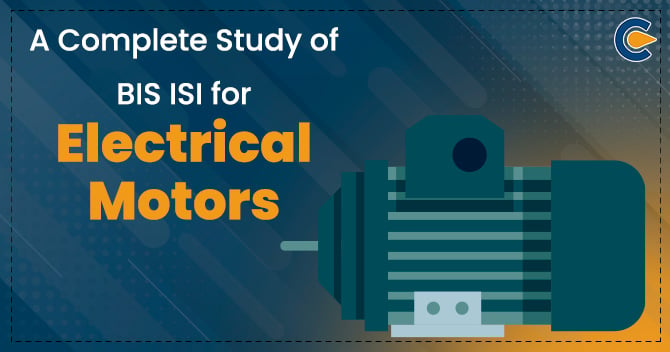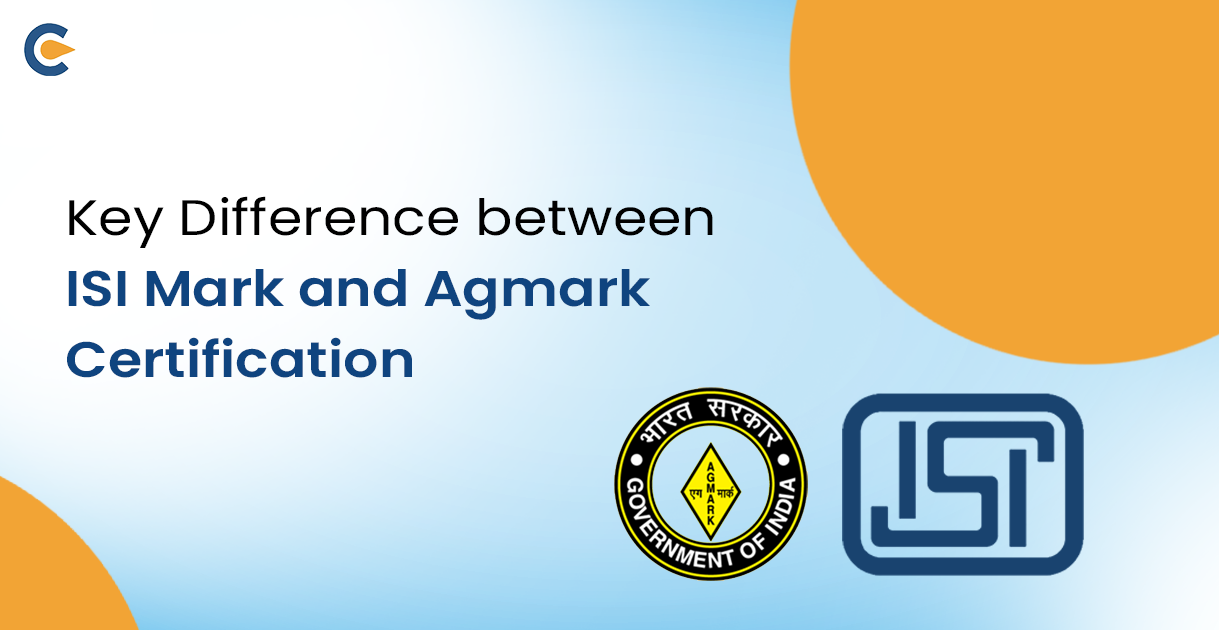Low heat Portland cement is a type of Portland cement that produces less heat during the hydration process than ordinary Portland cement. The hydration process is the chemical reaction that occurs when water and cement combine to form a hard, durable material. It is designed to minimize the heat of hydration that can lead to cracking and shrinking of the concrete. This type of cement is often used in large concrete structures such as dams, bridges, and high-rise buildings where the heat generated by ordinary Portland cement can cause structural damage. Low heat Portland cement typically contains a lower percentage of Tricalcium Aluminate (C3A) and a higher percentage of Dicalcium Silicate (C2S) than ordinary Portland cement. This reduces the amount of heat generated during the hydration process and helps to ensure the durability and long-term stability of the concrete structure. Scroll down to check more about ISI Certification for Low Heat Portland Cement.
General Guidelines Mentioned under IS 1489 In Case Of Low Heat Portland cement
IS 1489 is a standard published by the Bureau of Indian Standards (BIS) that provides specifications for Portland Pozzolana cement (PPC) for use in general construction. The standard includes guidelines for the chemical composition, physical properties, and testing procedures of PPC.
Some general guidelines mentioned under IS 1489 are:
- Chemical Composition: PPC should consist of Portland clinker, pozzolanic material, and gypsum. The maximum limit of pozzolanic material content is 35% by weight.
- Physical Properties: PPC should have a minimum compressive strength of 33 MPa after 28 days of curing. The specific surface area of cement should not be less than 2250 cm²/gm.
- Fineness: The cement should have a minimum fineness of 300 m²/kg. The residue left after sieving should not exceed 10% on a 90 micron IS sieve.
- Soundness: The cement should have a maximum expansion of 10mm.
- Setting Time: The initial setting time of cement should not be less than 30 minutes, and the final setting time should not be more than 600 minutes.
- Consistency: The consistency of cement should be such that the Vicat’s plunger penetrates to a depth of 5-7 mm from the top.
- Specific Gravity: The specific gravity of cement should not be less than 3.10.
These guidelines ensure that the PPC produced is of a consistent quality and is suitable for use in various construction applications.
Eligibility Criteria to Qualify for ISI Certification for Low Heat Portland cement
To qualify for ISI Certification for Low Heat Portland Cement, you would need to follow the guidelines set forth by the Bureau of Indian Standards (BIS). Here are the steps that you can take:
- Contact A BIS-Approved Laboratory:
To get your Low Heat Portland Cement certified by BIS, you will need to have your product tested by a BIS-approved laboratory. You can find a list of these laboratories on the BIS[1] website.
- Test Your Product:
The laboratory will conduct tests on your Low Heat Portland Cement to ensure that it meets the standards set by BIS. These tests will include chemical and physical properties, as well as tests for strength, setting time, and fineness.
- Submit Your Application:
Once your product has passed the required tests, you will need to submit an application to BIS for certification. This application should include all the necessary documentation, including test reports, product specifications, and other relevant information.
- Pay The Certification Fee:
BIS will charge a fee for certification, which will vary depending on the type and scope of certification required. You will need to pay this fee to complete the certification process.
- Wait For Certification:
After you have submitted your application and paid the certification fee, you will need to wait for BIS to complete the certification process. This process may take several weeks or even months, depending on the volume of applications being processed.
Documents Required to Produce While Seeking for ISI Certification for Low Heat Portland cement
If you are seeking ISI certification for Low Heat Portland Cement, you will need to provide the following documents:
- Test Report: A test report from a BIS-approved laboratory is required to demonstrate that the Low Heat Portland Cement product meets the relevant BIS standards.
- Manufacturing Process: A detailed description of the manufacturing process used to produce Low Heat Portland Cement must be provided.
- List of Raw Materials used: The source and quality of all raw materials used to manufacture the Cement must be provided.
- Quality Control Plan: A quality control plan detailing the procedures used to ensure that this cement product meets the relevant BIS standards.
- Plant Layout: A plant layout drawing must be submitted showing the location of all production equipment, storage areas, and quality control laboratories.
- Factory Inspection Report: A BIS-approved inspector will conduct an on-site inspection of the manufacturing facility to verify compliance with BIS standards.
- Payment: A fee must be paid to BIS for certification services.
It’s important to note that the specific requirements for BIS certification may vary depending on the product, so it’s best to check with any BIS consultant or a BIS-approved laboratory for more detailed information.
Steps involved in obtaining ISI Certification for Low Heat Portland Cement
Bureau of Indian Standards (BIS) certification is a mandatory requirement for several products, including this product, in India.
The following are the steps involved in obtaining ISI Certification for Low Heat Portland Cement:
- Application: The first step in the process is to apply for BIS certification. The applicant must fill out the application form and submit it along with the required documents and fees.
- Sample Testing: After receiving the application, BIS will collect a sample of the Low Heat Portland Cement from the manufacturer and conduct testing to ensure that it meets the relevant Indian standards.
- Factory Inspection: BIS will conduct an inspection of the manufacturing facility to verify that the Low Heat Portland Cement is being produced as per the required standards.
- Grant of Certification: If the sample testing and factory inspection are successful, BIS will grant the certification for Low Heat Portland Cement. The certification will be valid for a specific period and can be renewed periodically.
- Marking: After obtaining the certification, the manufacturer can use the BIS Standard Mark on the packaging and promotional material to indicate that the this product meets the required Indian standards.
It is important to note that BIS certification is mandatory for this product to be sold in India. The manufacturer must comply with the required standards and follow the process outlined above to obtain BIS certification.
Conclusion
Once your product has been certified by BIS, you will be able to use the BIS mark on your product, indicating that it meets the required standards for quality and safety.
Read Our Article: BIS ISI Certification For Ordinary Portland Cement













